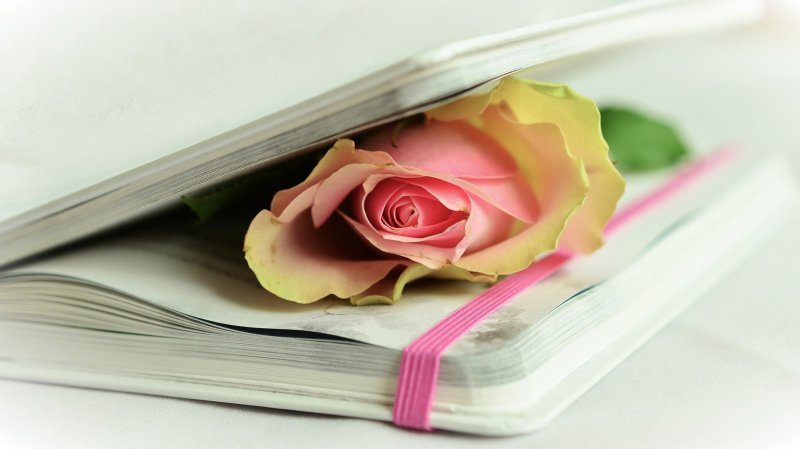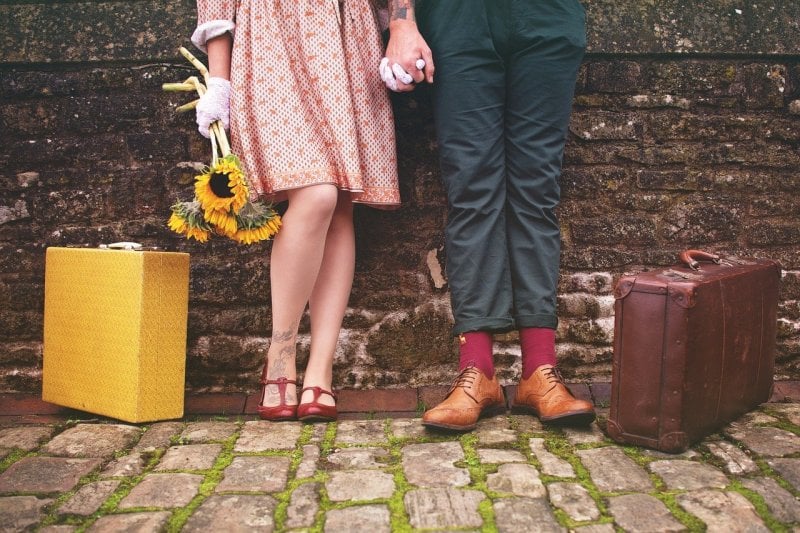Shadowtrain

Dreamtime: Poetry and Related Literary Genres
There is no single literary genre that touches the heart and soul of the reader like poetry. Unlike prose, its straight-laced older sibling, poetry has the quasi-mystical ability to transport the reader to faraway places that only exist in what is called ‘dreamtime’; those realms accessible solely to the mind’s eye.
This blog site is devoted to the magical world of poetry and those related literary genres that appeal strictly to the imagination. Here, readers with a keen sense of the fantastic will find many writings to tickle their fancy, from idylls, fairy tales, and myths to celebrated works of drama by the ancient Greeks.
Poetry and Fashion
30 May 2024

Fashion and poetry, two seemingly disparate forms of art, share a profound connection that often goes unnoticed. Both are deeply rooted in self-expression and creativity, reflecting the zeitgeist of their times. Fashion, with its vibrant colors, intricate patterns, and evolving trends, provides rich imagery that poets can draw upon to create vivid, evocative works.
Fashion as Metaphor and Symbolism
In poetry, fashion often serves as a powerful metaphor or symbol. It can represent societal norms, personal identity, or even the passage of time. Through descriptions of clothing and style, poets can convey complex emotions and social commentary.
One notable example is Sylvia Plath's "The Applicant." In this poem, Plath uses the imagery of fashion and clothing to critique societal expectations of women. The poem opens with:
"First, are you our sort of a person?
Do you wear A glass eye, false teeth or a crutch,
A brace or a hook,
Rubber breasts or a rubber crotch?"
Here, fashion and accessories are employed to question identity and conformity, illustrating how deeply intertwined our appearances are with societal roles.
Fashion as a Reflection of the Self
Fashion is also a means of personal expression, and poetry captures this aspect beautifully. Walt Whitman’s “Leaves of Grass” often explores themes of self-expression and individualism. In "Song of Myself," Whitman writes:
"I dote on myself, there is that lot of me and all so luscious,
Each moment and whatever happens fills me with joy,
I cannot tell how my ankles bend, nor whence the cause of my faintest wish,
Nor the cause of the friendship I emit, nor the cause of the friendship I take again."
Whitman’s celebration of self is akin to the freedom and creativity found in fashion. His words mirror the personal joy and liberation that fashion can bring, embodying one's innermost feelings and thoughts.
Fashion in Contemporary Poetry
Modern poets continue to explore the theme of fashion, using it to comment on contemporary life and identity. Ocean Vuong, in his acclaimed collection "Night Sky with Exit Wounds," intertwines fashion with personal and cultural narratives. In the poem "Someday I’ll Love Ocean Vuong," he writes:
"The sky’s white with November’s teeth, and the year ends again without us,
the blued flesh of our wrists blooming into the tremble of a man’s hand we once watched unhook a bra with ease."
Vuong’s use of clothing, in this case, a bra, becomes a powerful symbol of intimacy, vulnerability, and the passage of time, demonstrating how fashion can evoke deep emotional resonance.
Discover More about the Intersection of Fashion and Poetry
For those intrigued by the intricate relationship between fashion and poetry, exploring different poets and their works can be a rewarding journey. The way poets capture the essence of fashion through their verses offers a unique lens into the cultural and personal significance of what we wear.
If you’re passionate about both fashion and poetry, A Retro Tale offers a fascinating exploration of vintage trends, not unlike how poetry delves into the depths of human experience.
Dark and Disturbing Fairy Tales
28 May 2022
The fairy tale is a European literary genre that typically takes the form of a short story. Although fairy tales are intended for children, they often contain disturbing themes. For example, in the original version of Little Red Riding Hood, she is tricked by the wolf into eating her own grandmother.
Coleridge and the Romantic Movement
19 Apr 2022
Generally considered one of the most eminent poets of all time, Samuel Taylor Coleridge (1772-1834) was an English philosopher, theologian, and literary critic. Along with his friend and colleague William Wordsworth (1770-1850), Coleridge helped establish the Romantic Movement, which dominated English-language poetry for much of the 19th century.
Charles Baudelaire’s ‘Flowers of Evil’
11 Mar 2022
Initially published in 1857, Charles Baudelaire’s ‘Flowers of Evil’ (Les Fleurs du Mal), a collection of poems, remains the quintessential example of France’s influential Symbolist Movement. Highly controversial at the time of publication (six poems were banned for ‘immorality’), Baudelaire’s work is still considered a literary masterpiece today.